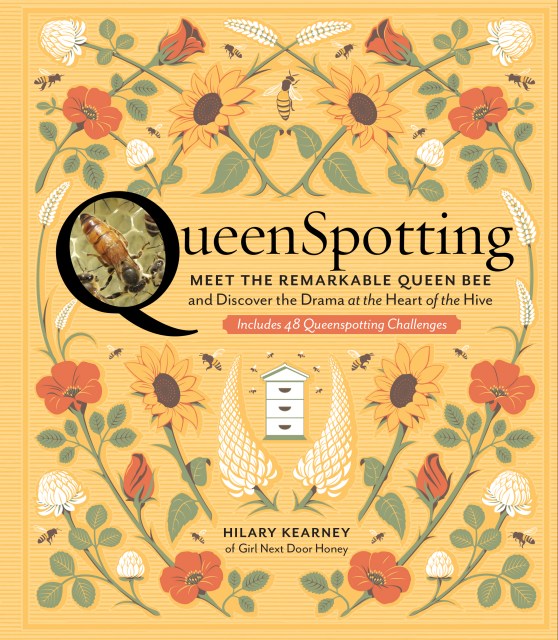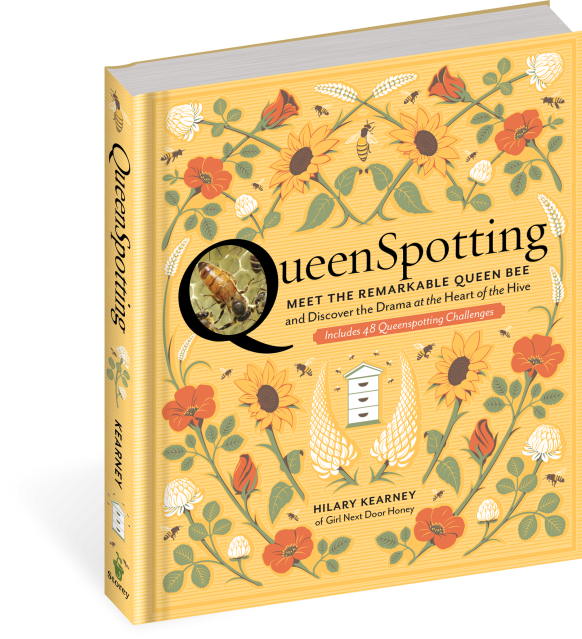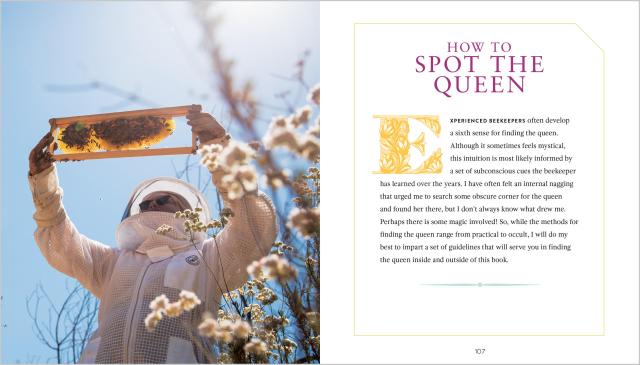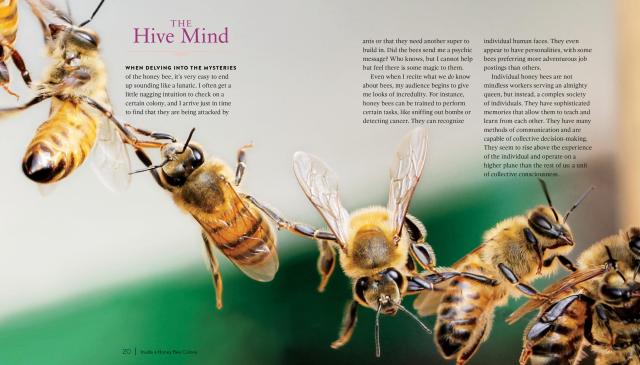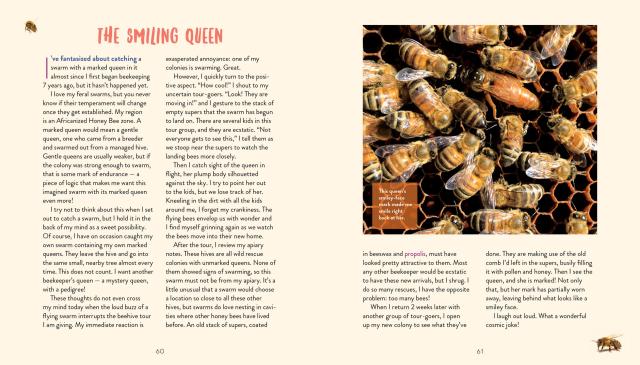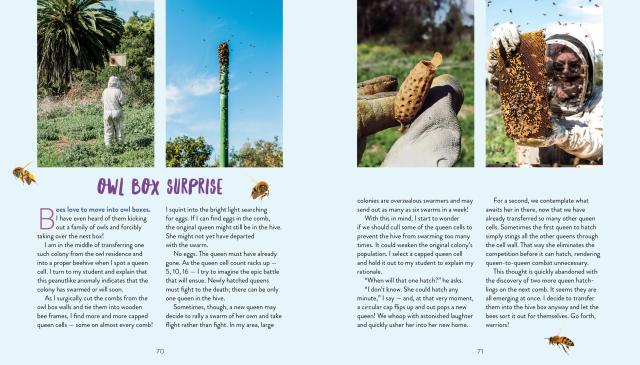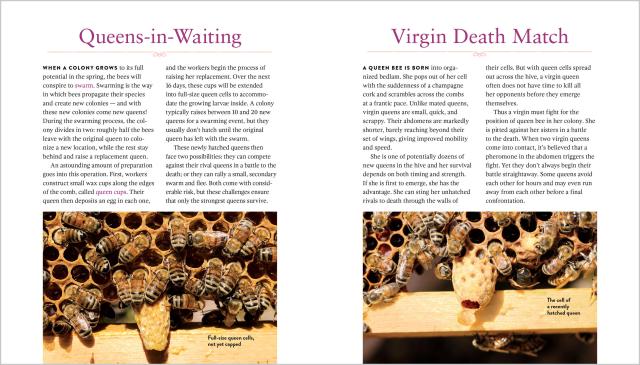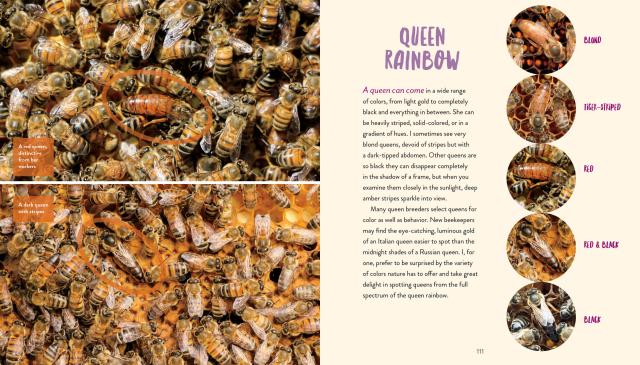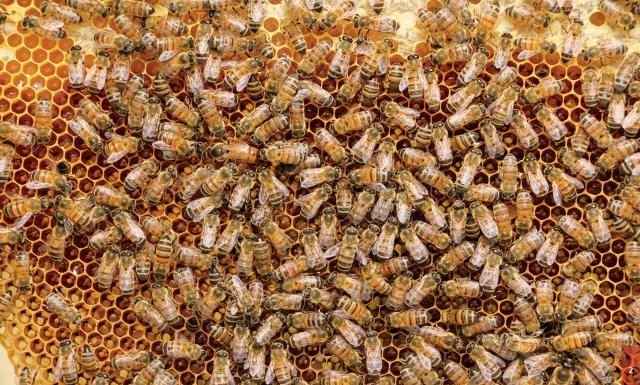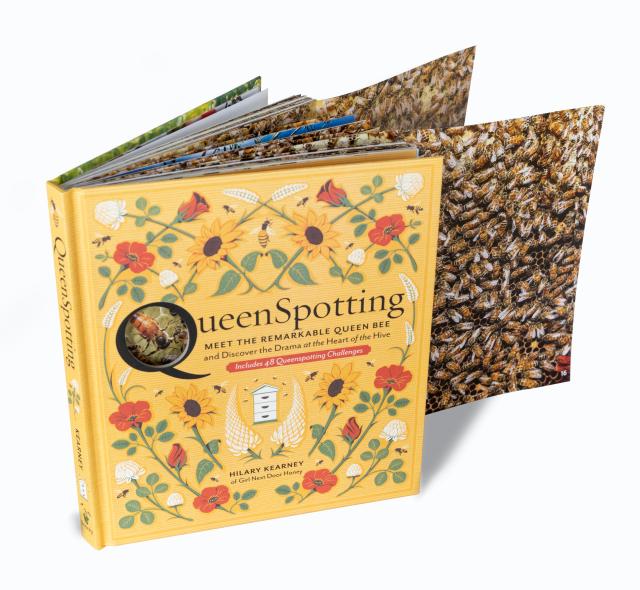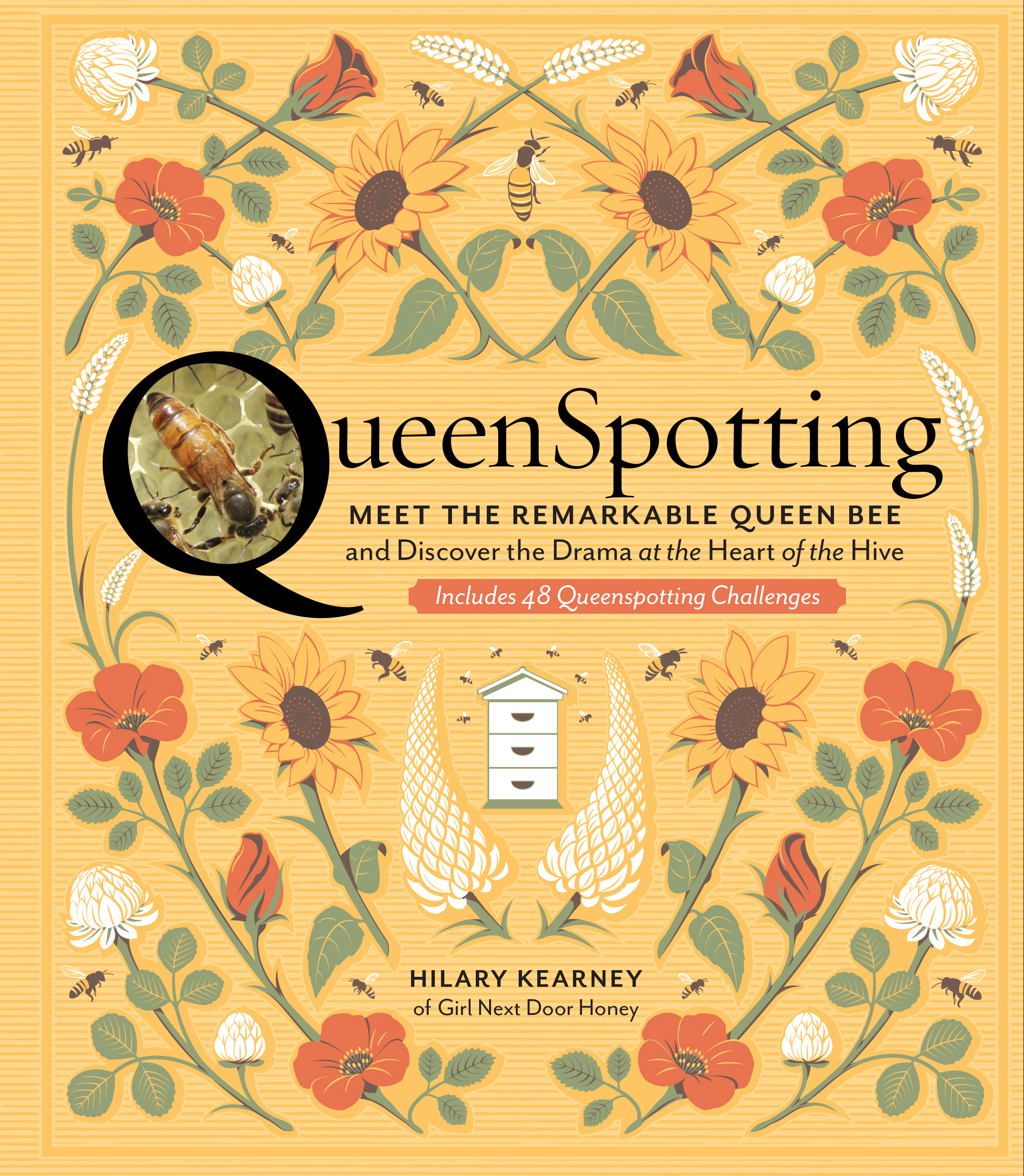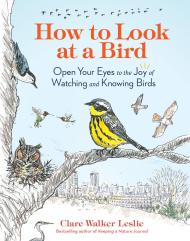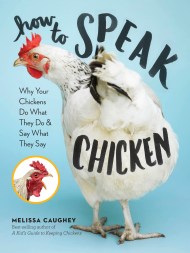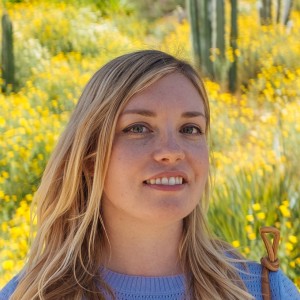Promotion
Shop now and save 20% on your back-to-school purchases & get free shipping on orders $45+ Use code: SCHOOL24
QueenSpotting
Meet the Remarkable Queen Bee and Discover the Drama at the Heart of the Hive; Includes 48 Queenspotting Challenges
Contributors
Formats and Prices
Price
$19.99Price
$24.99 CADFormat
Format:
- Hardcover $19.99 $24.99 CAD
- ebook $11.99 $15.99 CAD
This item is a preorder. Your payment method will be charged immediately, and the product is expected to ship on or around April 30, 2019. This date is subject to change due to shipping delays beyond our control.
Also available from:
At the heart of every bee hive is a queen bee. Since her well-being is linked to the well-being of the entire colony, the ability to find her among the residents of the hive is an essential beekeeping skill. In QueenSpotting, experienced beekeeper and professional “swarm catcher” Hilary Kearney challenges readers to “spot the queen” with 48 fold-out visual puzzles — vivid up-close photos of the queen hidden among her many subjects.
QueenSpotting celebrates the unique, fascinating life of the queen bee and chronicles royal hive happenings such as The Virgin Death Match, The Nuptual Flight — when the queen mates with a cloud of male drones high in the air — and the dramatic Exodus of the Swarm from the hive. Readers will thrill at Kearney’s adventures in capturing these swarms from the strange places they settle, including a Jet Ski, a couch, a speed boat, and an owl’s nesting box. Fascinating, fun, and instructive, backyard beekeepers and nature lovers alike will find reason to return to the pages again and again.
QueenSpotting celebrates the unique, fascinating life of the queen bee and chronicles royal hive happenings such as The Virgin Death Match, The Nuptual Flight — when the queen mates with a cloud of male drones high in the air — and the dramatic Exodus of the Swarm from the hive. Readers will thrill at Kearney’s adventures in capturing these swarms from the strange places they settle, including a Jet Ski, a couch, a speed boat, and an owl’s nesting box. Fascinating, fun, and instructive, backyard beekeepers and nature lovers alike will find reason to return to the pages again and again.
Genre:
-
“Few will be able to resist beekeeper Kearney’s master class in beekeeping, a delightful mixture of how-to tips, popular science trivia, and interactive challenges... [A] spellbinding study of one of the world’s most important insects, and one with appeal for kids as well as adults.” — Publishers Weekly (starred review)
“A unique contribution to the vast sea of books on bees and beekeeping, and super useful for beekeepers hoping to hone their queen-finding skills. A brilliant little book!" — Thomas D. Seeley, author of The Lives of Hives, Honeybee Democracy, and The Wisdom of the Hive
"Entertaining and educational. A great read for bee lovers and new-bees alike!" — Melissa Hayes, MinuteEarth
“What a trip! Delightfully written and technically accurate, Queenspotting peeks into the queen’s domain. With fresh prose and charming stories from the field, Kearney leads you through the intricacies of hive life and royal behavior. But more than that, the book is just plain fun. I couldn’t rest until I spotted every wily monarch!” — Rusty Burlew, HoneyBeeSuite.com
“Hilary Kearney writes lyrically, specifically, and succinctly, in a way that communicates her fascination and wonder while being factually accurate. Anyone interested in bees will enjoy this book.” — Michael Bush, author of The Practical Beekeeper
"It is rare that a single book can appeal to such a variety of readers: curious non-beekeepers who will appreciate the good science writing and enjoy the puzzles; beginning beekeepers who want to increase their knowledge and queen-spotting skills; and experienced beekeepers will find their sense of wonder about bees rekindled and be able to congratulate themselves on having developed really good 'queen eyes.'"— Better Bee
- On Sale
- Apr 30, 2019
- Page Count
- 128 pages
- Publisher
- Storey
- ISBN-13
- 9781635860375
Newsletter Signup
By clicking ‘Sign Up,’ I acknowledge that I have read and agree to Hachette Book Group’s Privacy Policy and Terms of Use
